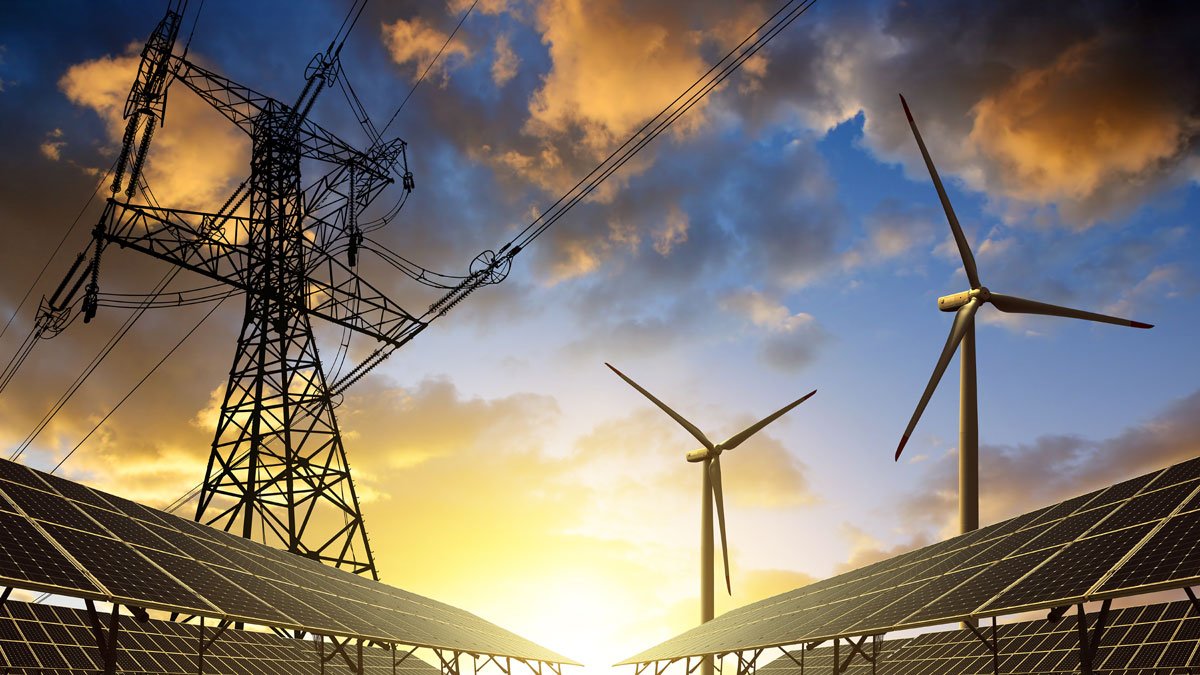Last century, when the world needed an innovative solution to solve a global challenge, ammonia provided the answer.
Could it be that this chemical compound could do it again?
Back in the 1920s, it was the breakthrough process of harnessing atmospheric nitrogen that allowed farmers to use ammonia in place of natural fertilisers to facilitate commercial crop production to meet growing demand for food.
But now, interest is instead turning to its hydrogen content, with ammonia seen as a means to capture, store and transport hydrogen for use in emissions-free fuel cells and turbines to produce energy.
Trials are also looking at combusting ammonia in power plants and marine engines.
The challenge is – like other commercial means of harnessing hydrogen – ammonia production is an energy-intensive process that’s traditionally utilised fossil fuels.
The higher cost of green ammonia
Switching to ‘green’ ammonia is already possible with the use of renewable energy to power hydrogen production via water electrolysis – rather than the traditional method of extracting hydrogen from natural gas (which releases carbon as a by-product).
But experts estimate green ammonia will cost between two and four times more than conventional production. And not all of the processes involved have been commercially adapted yet to work with carbon-free energy.
So, much like manufacturing green hydrogen at scale, green ammonia is going to require investment and innovation to make it viable.
However, once manufactured, there are some distinct advantages over straight hydrogen.
Multiple advantages over hydrogen
Ammonia has a higher energy density than liquid hydrogen (105kg hydrogen per cubic metre, compared to 71kg in liquid hydrogen).
It’s also less flammable and leakage is easier to detect by the smell (hydrogen is odourless). And it doesn’t need to be stored at super-low temperatures: -33˚C rather than -253˚C for liquid hydrogen.
What’s more, due to ammonia’s widespread use in farming, the distribution infrastructure already exists. Globally, around 180 million metric tonnes of ammonia are produced annually, and 120 ports are already equipped with ammonia terminals.
Fuelling global buses and trucks
By far the most ambitious green ammonia project is a £5 billion plant being built on the Red Sea coast in Saudi Arabia. It plans to use solar photovoltaic (PV) and wind turbines to generate 4GW to power water electrolysis processes, that will produce 1.2 million tonnes of ammonia a year from 2025.
Air Products, one of the project partners, then plans to distribute the ‘green’ ammonia to depots around the world, where specialised units will then disassociate the hydrogen so it can be used to power around 15,000 buses and trucks fitted with hydrogen-fuel cells.
Other companies are also working on large green ammonia production facilities in the US (using grid-purchased renewable), the Netherlands (using a new offshore wind farm) and Norway (using grid energy, which is 98% renewable thanks to the country’s abundant hydrogen).
Japan, which is hugely investing in conventional power stations since its Fukushima nuclear disaster, is currently experimenting with co-firing ammonia in coal-based plant, with a view to potentially convert entirely to ammonia.
So, despite the higher production costs, there is clearly an incentive to invest.
Higher costs vs. lower emissions
American manufacturer CF Industries estimates that green ammonia could fetch $2,200 per metric tonne in the low-carbon energy marketplace, which is about eight times as much as standard agricultural ammonia.
Even producing green ammonia for farming, as some suppliers are currently focussing on, would help to dramatically reduce the carbon footprint of a sector that’s responsible for around 8.5% of global emissions.
What’s more, if Carbon Capture and Storage (CCS) technologies become more widespread, using existing ammonia production facilities to manufacture ‘blue’ ammonia (where the carbon is, for example, permanently injected into the ground) would likely be far cheaper.
Either way, with many countries now committing to net zero targets, finding new ways to limit emissions is only going to increase. So, it’s quite feasible we could see an expanding market for ammonia as a fuel source.


/npm214%20Digital_H_UB15.jpg)

/npm214%20Digital_H_UB127.jpg)
/npm214%20Digital_H_UB121.jpg)



/npm214%20Digital_H_UB139.jpg)
/Author%20Profile%20Phillips_Sally_G.png)
